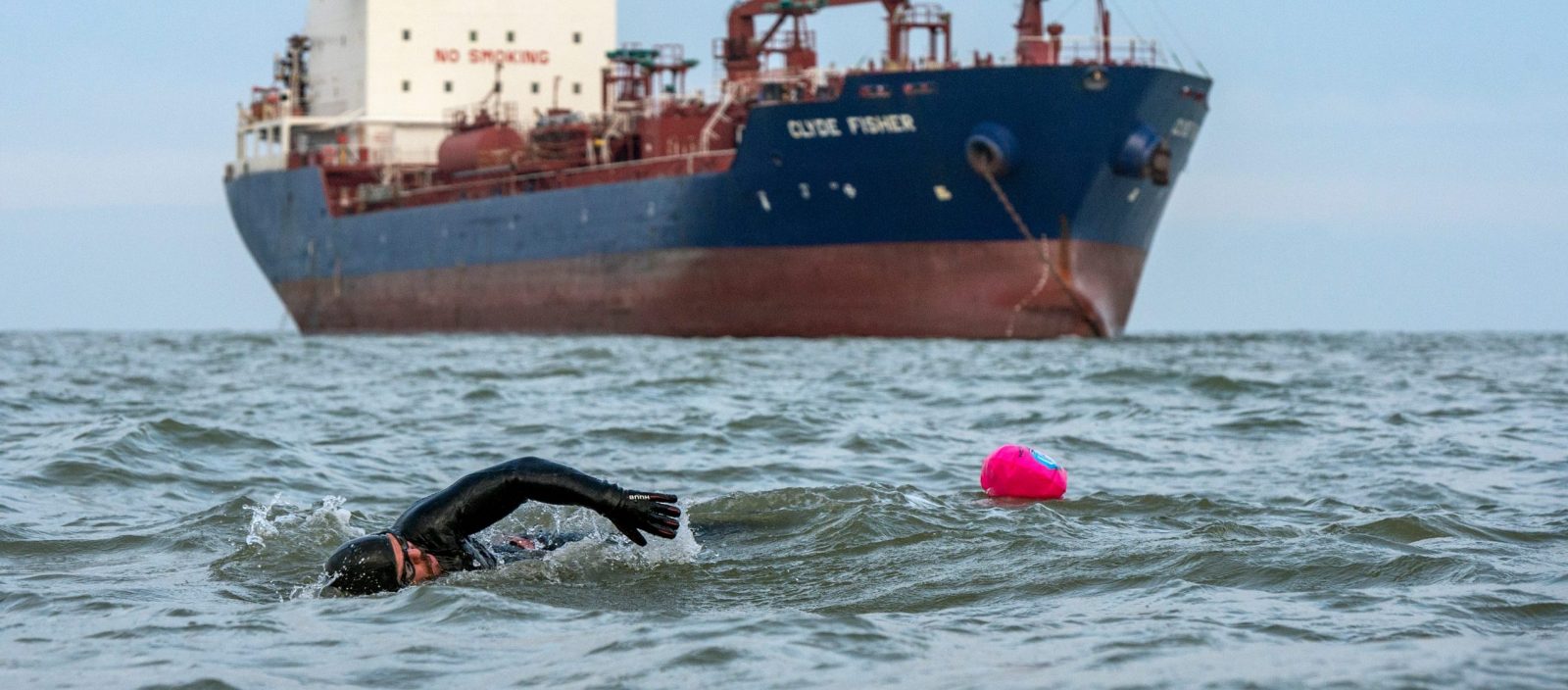Whether it's crossing the English Channel, a strait or an ocean, these are the feats that the world's toughest swimmers are accomplishing on all the world's seas.
The historical crossing of the English Channel
Last year, Frenchman Steve Stievenart wrote a new page in the history of the Channel crossing. The 43-year-old became the first French swimmer to complete the double crossing. It took him 34 hours and 45 minutes to cover the distance from the British beach of Samphire Hoe, near Dover, to Audinghen in the Pas-de-Calais and back. The Channel crossing is probably the most mythical of the great swimming crossings. It was in 1875 that the feat was achieved for the first time by a man. The British Matthew Webb took 21 hours to reach the French coast. Since then, many people have attempted the crossing. The record is held by the Australian Trent Grimsey in 6 hours 55 minutes, while the women's record is 7 hours 25 minutes and belongs to the Czech Yvetta Hlaváčová.
At the heart of the North Pacific Vortex
After becoming the first man to swim across the Atlantic without float assistance in 1998 (5,980 kilometres in 73 days), Ben Lecomte wrote a new line to his legend as a long-distance swimmer by swimming 555 kilometres over 80 days in June 2019, again in the Atlantic. But this time, the 53-year-old Frenchman swam through the North Pacific waste vortex to raise awareness of the plastic pollution that plagues the oceans. An adventure that he has recounted in his book Nageur d'alerte.
Sieh dir diesen Beitrag auf Instagram an
Swim the Cook Strait in 9 hours and 15 minutes
In New Zealand, the Cook Strait separates the North Island and the South Island in the Tasman Sea. It has a minimum width of 22 km and an average depth of 135 m. This makes it a great challenge for those who swim it. In 2019, freedivers William Trubridge set a new record by crossing it in 9:15. A feat all the more so as he did it mostly underwater, equipped with a monofins, to reproduce the movement of the dolphin. and coming back to the surface only to take a few breaths. In total his dive computer recorded 943 dives. The objective of this crossing was also to raise awareness about the future of dolphins, which are threatened in this region.
Sieh dir diesen Beitrag auf Instagram an
Slalom between boats in the Strait of Gibraltar
Although the Strait of Gibraltar is far from being the widest in the world at 14 km and 1,000 metres deep, the difficulty for those who swim through it is to avoid the many boats that pass through. As the only maritime passage between the Atlantic Ocean and the Mediterranean Sea, the Strait of Gibraltar sees 100,000 boats pass through every year. Yet, there are more than a hundred who attempt this perilous crossing every year. In 2016, 141 swimmers took on the challenge of reaching the Spanish or Moroccan coast. Only 62 managed to reach the opposite coast, including the German Nathalie Luisa Pohl, who managed to set a new women's record in 2 hours and 53 minutes that year.










